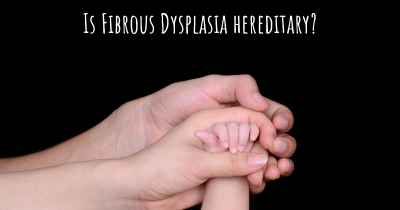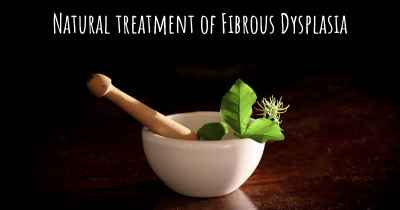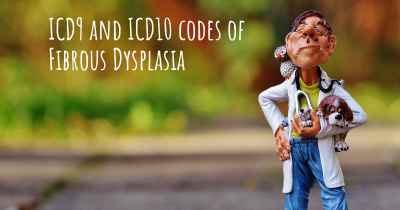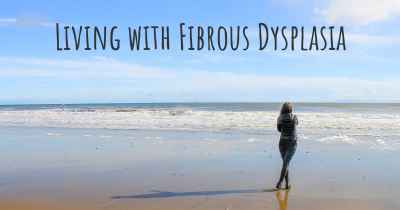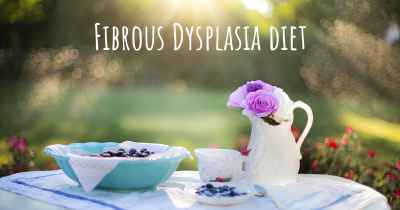Is it advisable to do exercise when affected by Fibrous Dysplasia? Which activities would you suggest and how intense should they be?
See if it is advisable for people with Fibrous Dysplasia to practice sports and which ones are the most recommended if you have Fibrous Dysplasia
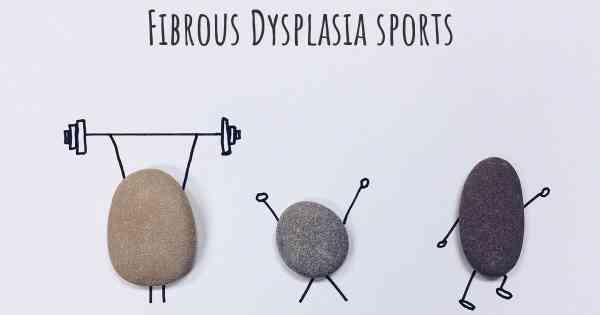
Fibrous Dysplasia and Exercise: What You Need to Know
Fibrous dysplasia is a rare bone disorder that can affect various parts of the body, including the bones, skin, and endocrine glands. It is characterized by the abnormal growth of fibrous tissue in place of normal bone, leading to weakened bones and increased risk of fractures. If you have been diagnosed with fibrous dysplasia, you may be wondering if it is advisable to engage in exercise and what activities would be suitable for you.
The Benefits of Exercise
Engaging in regular exercise can have numerous benefits for individuals with fibrous dysplasia. Exercise can help improve bone strength, increase muscle mass, enhance joint flexibility, and improve overall physical fitness. It can also have positive effects on mental health, boost energy levels, and promote a sense of well-being.
Choosing the Right Activities
When it comes to exercise, it is important to choose activities that are low-impact and gentle on the bones. High-impact activities, such as running or jumping, may increase the risk of fractures in individuals with fibrous dysplasia. Instead, focus on exercises that provide cardiovascular benefits without putting excessive stress on the bones.
Recommended Exercises
1. Walking: Walking is a low-impact exercise that can be easily incorporated into your daily routine. Aim for at least 30 minutes of brisk walking most days of the week. If you experience pain or discomfort, consider using a walking aid, such as a cane or walker, to reduce stress on the affected bones.
2. Cycling: Cycling is another excellent low-impact exercise option. Whether you prefer outdoor cycling or using a stationary bike, it provides cardiovascular benefits while minimizing strain on the bones. Start with shorter sessions and gradually increase the duration and intensity as tolerated.
3. Swimming: Swimming and water aerobics are highly recommended for individuals with fibrous dysplasia. The buoyancy of water reduces the impact on the bones while providing a full-body workout. Swimming can improve cardiovascular fitness, muscle strength, and joint flexibility.
4. Yoga and Pilates: These mind-body exercises focus on gentle movements, stretching, and strengthening. They can help improve posture, balance, and flexibility without putting excessive stress on the bones. Look for classes specifically designed for individuals with limited mobility or bone conditions.
Exercise Intensity
When starting an exercise program, it is important to begin at a comfortable intensity level and gradually increase it over time. Listen to your body and pay attention to any pain or discomfort. If you experience severe pain or have concerns, consult with your healthcare provider or a physical therapist who can provide personalized guidance.
Additional Considerations
While exercise can be beneficial for individuals with fibrous dysplasia, it is essential to take certain precautions:
- Avoid high-impact activities that may increase the risk of fractures.
- Use proper protective gear, such as helmets and knee pads, when engaging in activities with a higher risk of falls or injuries.
- Warm up before exercise and cool down afterward to prevent muscle strains and injuries.
- Stay hydrated and listen to your body's signals. If you feel fatigued or experience pain, take a break.
- Consider working with a physical therapist who can design a personalized exercise program tailored to your specific needs and limitations.
Conclusion
Engaging in regular exercise can be beneficial for individuals with fibrous dysplasia, promoting bone strength, muscle mass, and overall physical fitness. However, it is crucial to choose low-impact activities and gradually increase intensity. Walking, cycling, swimming, and mind-body exercises like yoga and Pilates are excellent options. Always listen to your body, consult with healthcare professionals, and take necessary precautions to ensure a safe and effective exercise routine.
Posted May 22, 2017 by Angie 1100
Regular weight-bearing exercise helps to strengthen bone, increase joint mobility and maintain a healthy weight. It is important that the exercise program is performed under the supervision of a doctor, because a person with fibrous dysplasia is at increased risk of bone fractures.
Posted Jun 9, 2017 by Lisa Hill 2050
Posted Jul 21, 2017 by Debra 2000
Posted Sep 9, 2017 by Debby 1200
Posted Oct 7, 2017 by Kiesha brown 3050
Posted Oct 23, 2020 by anna_d09 2500
Posted Jan 17, 2021 by Emmy 2250
Posted Aug 16, 2022 by J 200


